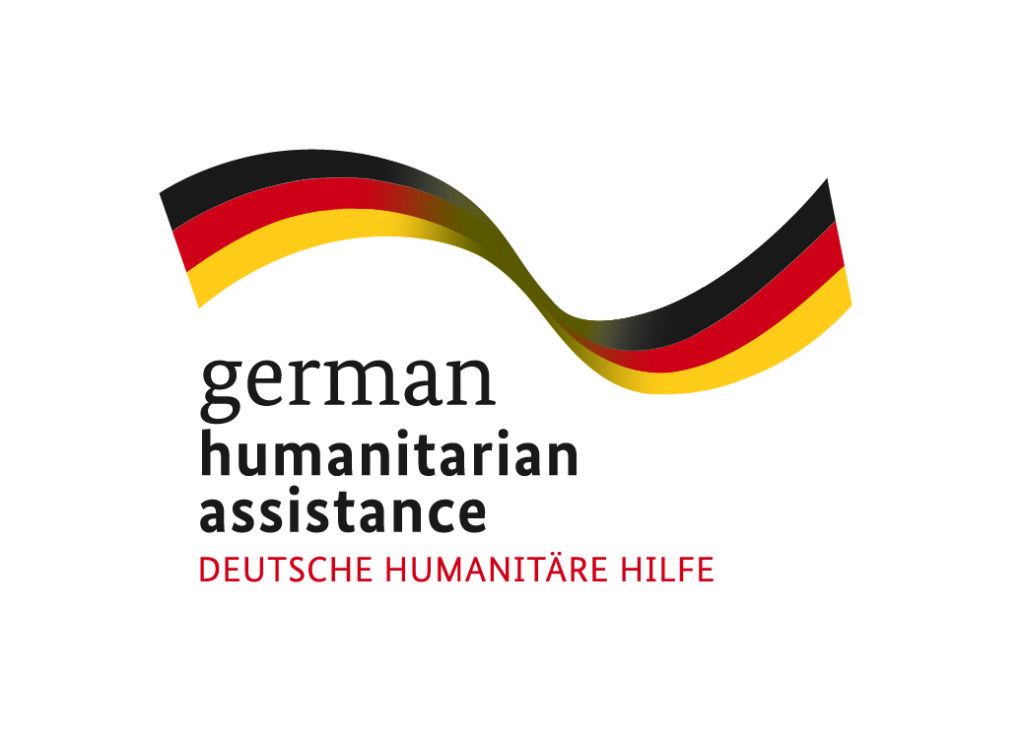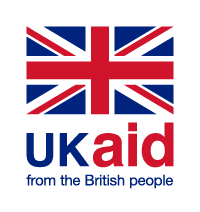Over a thousand people have died and many more have been injured in a catastrophic earthquake in Haiti. The 7.2 magnitude earthquake hit on 14th August which has brought devastation to the Caribbean nation whose population is already highly vulnerable due to political and civil unrest.
The epicentre of the earthquake was near the Northern coast of the Southern peninsula where it has caused significant damage to infrastructure such as hospitals, ports and roads in areas such as Jérémie and Les Cayes.
Initial estimates show that the earthquake has caused over 700 buildings to collapse and damaged nearly 4,000 homes, resulting in many seeking refuge in shelters and many more that have been displaced. Search and rescue teams have been deployed to find any people still trapped under the rubble.
Along with partners, including ACAPS, REACH and UNOSAT, MapAction is supporting the United Nations Office for the Coordination of Humanitarian Affairs (UN OCHA) with a small team who will collect data and provide remote mapping and other visualisations of the situation to its Assessment and Analysis Cell. UN OCHA will be relying on it’s Regional Office for Latin America and the Caribbean (ROLAC) to coordinate its on the ground response.
Just out: #Haiti earthquake flash update:
— UN Humanitarian (@UNOCHA) August 15, 2021
?At least 304 deaths & 1,800 injured
?700+ collapsed buildings
?3,778 homes destroyed
Government and @UN partners are working closely to conduct needs assessments and to activate rapid response mechanisms.
?: UNICEF
Haiti is due to be hit by Tropical Storm Grace on 17 August which will make it more difficult to reach those affected by the earthquake with shelter, food and water.
See our maps once they’re prepared.


